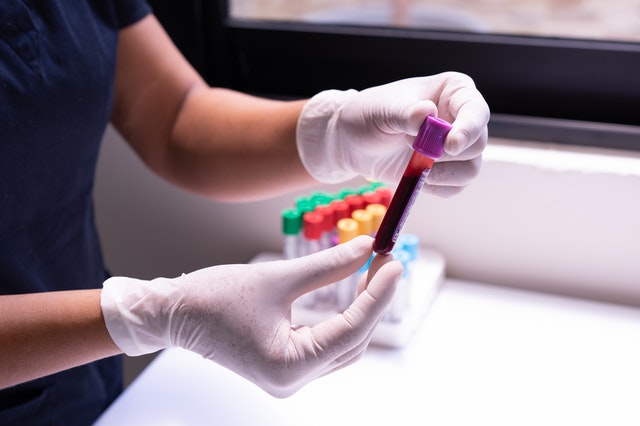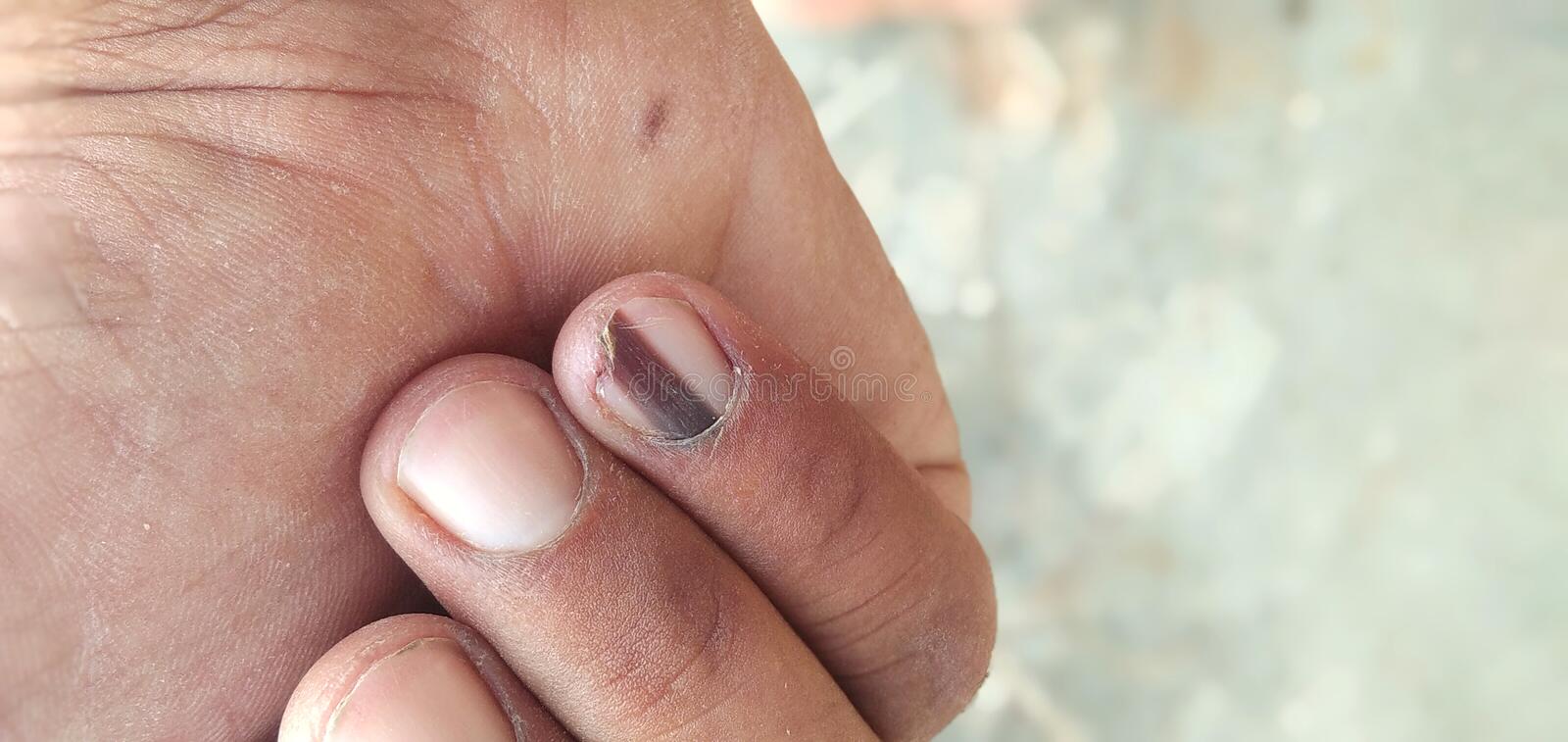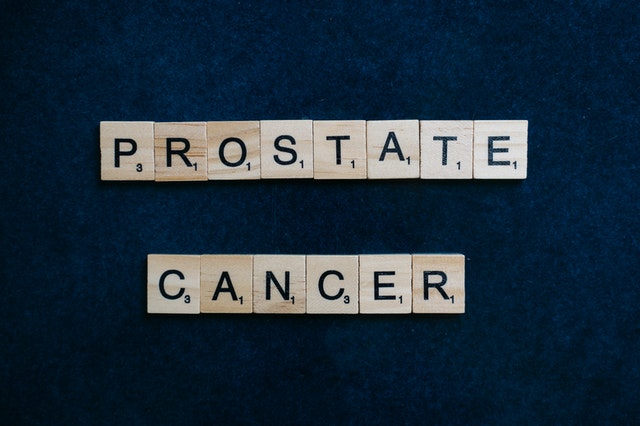
All about Men’s Cancer Screenings: Are they Effective?
Men get a bad wrap for not going to their annual visits. According to the American Heart Association, some popular excuses for skipping doctor visits are “There’s probably nothing wrong,” “I don’t want to hear what I might be told” and “I’ve got probe-a-phobia.” But cancer screenings and other tests can improve your chance of survival if something is wrong. Here are four of the most common cancers among men, and depending on your age and other risk factors, you should consider seeking out screenings.
Skin Cancer
Skin cancer is the fifth most common type of cancer in men. You can start with a self examination at home (the American Cancer Society has some information on what to look for), knowing while some moles are normal, others are not. After examining your skin for abnormalities or changes in your marks, check in with your doctor. If you’ve found something questionable, your doctor may advise you to get a biopsy done, which is when the doctor tries to take as much of the offending skin as possible with just a local excision. Then they will look at the sample through a microscope to determine if the skin is cancerous. Regular skin checks are especially important for men with family history of skin cancer.
Prostate Cancer
Prostate cancer is the most common non-skin cancer among American men, according to the National Cancer Institute. Risk factors include drinking, a high-fat diet and heredity risks, and African American men over 40 and all men over 50 should get screened once a year. Medical professionals use a combination of blood tests and digital rectal exams to test for prostate cancer, and if one test shows irregularities, you may have to have another. If you’re overdue, often medical centers will hold free or reduced screenings at certain points of the year — UVA Cancer Center offers their free screenings every September.
Lung Cancer
According to the American Lung Association, lung cancer has the highest rates of death when compared to other cancer types, but it’s often one of the most preventable cancers, too. If you have a history of heavy smoking, you’re a current smoker, you’ve only quit in the past 15 years and/or you’re between 55 and 80, you carry a high risk. The low-dose computed tomography (CT) scan used to diagnose lung cancer takes about 30 seconds, according to the Lung Cancer Alliance.
Before you rush out to get a screening, you should probably discuss your risk factors with your doctor. Because the screening involves radiation and can result in over diagnosis, the Centers for Disease Control notes that you may not want to seek out this screening unless you are at risk. Quitting smoking is the best thing you can do to prevent lung cancer, and the sooner you quit, the greater the benefits you’ll see in your lung health and your overall health.
Colorectal Cancer
According to the American Cancer Society, colorectal cancer will kill nearly 50,000 people this year. Centers for Disease Control notes that there are a few different screenings for this cancer subset, including high-sensitivity fecal occult blood testing (FOTB). FOTB checks for blood in the stool, and it is recommended for all men between 50 and 75 annually. A colonoscopy is more invasive, but much more thorough. This test is typically employed if an FOTB or another screening causes concern. Otherwise, you only need to have one once every 10 years.
Final Thoughts
Don’t let fears, anxieties or laziness come between you and an early diagnosis — or, better yet, a clean bill of health. Get in touch with your primary care physician to schedule your cancer screenings if you have risk factors.
BLOG AUTHOR
Dr. Naheed Ali MD, PhD
Dr. Ali is a freelance health and wellness writer. Visit him at HealthcarePropulsion.com.





0 Comments